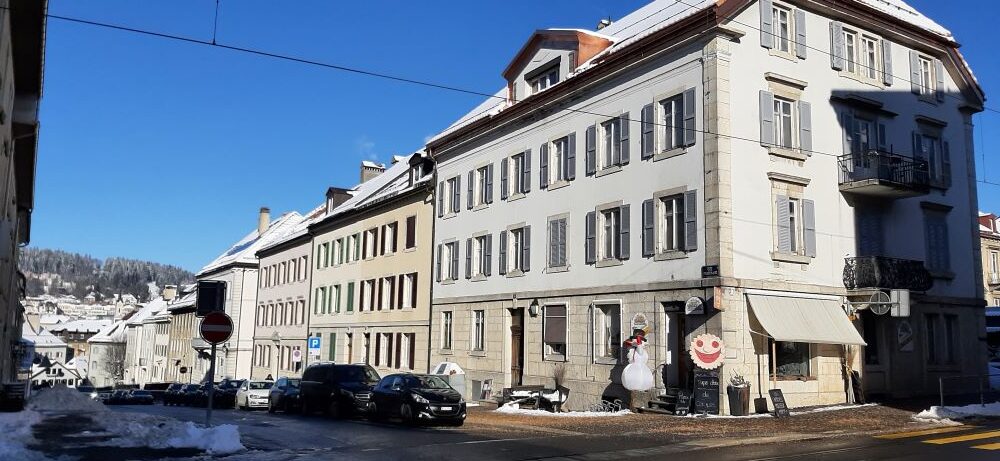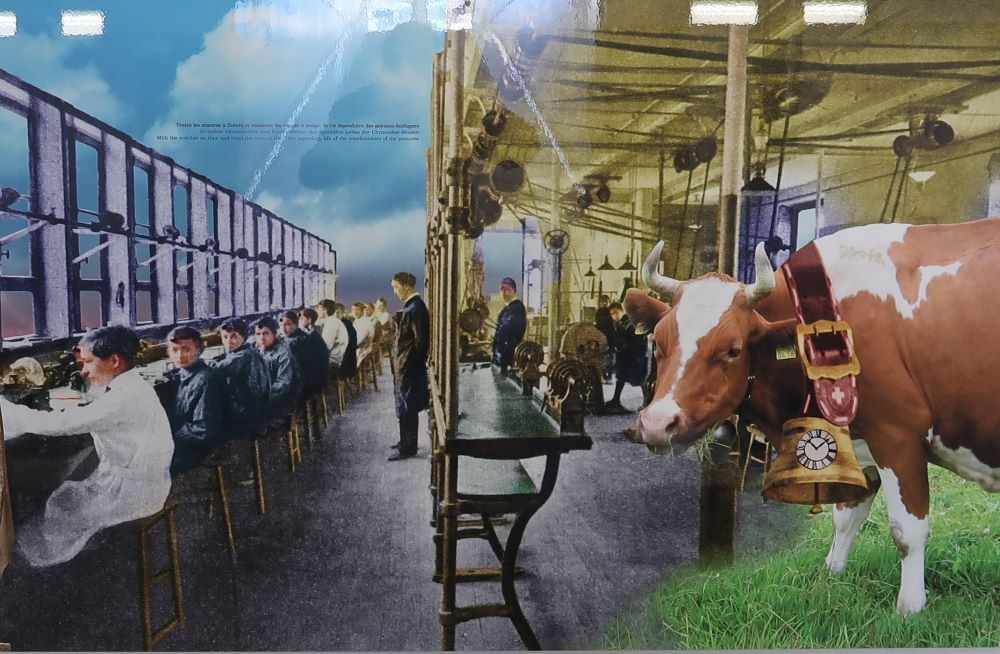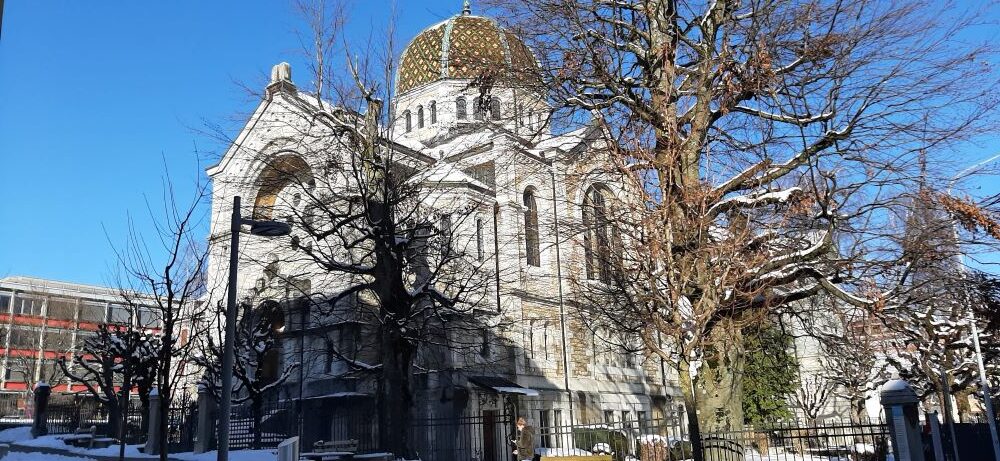Switzerland has half of the 4 000 + peaks of the Alps. Far less known is the fascinating underground world, however.
There are many sites in the country, twelve sites are presented in this overview.
Most caves are located in the cantons of Jura, Vaud, Valais, and three in Schwyz, Zug and St. Gallen.
The grottos are sometimes museums as well, including underground mills, a prehistoric parc, the museum of Speleology and museums about the salt-, mining- and asphalt industry
The Grottos of Réclère, close to Porrentruy (canton of Jura) show what nature has created over thousands of years, a.o. kilometers long stalagmites and stalactites.
The Prehistoric-Parc is a 2 km long path presenting the evolution of life all the way from the first fishes, dinosaurs to the comparatively recent mammals (Further information: www.prehisto.ch).
The underground mills of Col-des-Roches au Locle in the canton of Neuchâtel present unique underground water mills (Further information : www.lesmoulins.ch).
The Asphalt Mines of La Presta in Travers, canton of Neuchâtel, tell the story of nearly 300 years (1712-1986) mining of natural asphalt.
The total length of the caves amounts to over 100 km. In the restaurant one can enjoy ham cooked in hot asphalt. Further information: (www.mines-asphalte.ch).
The Grottes of Vallorbe present the underground river Orbe.
The river leaves the lakes Joux and Brenet, canton of Vaud, and then goes underground, at a 1 000 m altitude, 200 m further down, it gushes out again. (Further information: www.grottesdevallorbe.ch).
The Bex Salt Mines in the canton of Vaud are a vast underground labyrinth, several kilometres of which are open to visitors.
The path shows the most spectacular and the most characteristic elements of the various excavation techniques from 1684 to modern times.(Further information: www.seldesalpes.ch).
Just above St-Maurice, canton of Valais, the Fairy’s Cave (Grotte aux Fées) dominates the Rhone Valley.
After a kilometer of educational path in a well-lit gallery, the underground visit reaches its peak, a little lake fed by an impressive waterfall. (Further information: www.grotteauxfees.ch).
The underground lake St. Léonard is located along the Rhone valley, between Sion and Sierre in Valais. With a length of around 300 meters this is the largest natural underground lake in Europe which can be explored by boat.
(Further information: www.lac-souterrain.com).
The museum of Speleology, in Chamoson, in the Valais, presents all facets of modern speleology and the secrets of the seventh (underground) continent. (Further information: www.museespeleo.ch).
The La Lée mountain above Zinal (Valais) is a copper mine. At an altitude of 1937 m, it contains 500 metres of galleries hollowed out by human activity. (Further information: www.valdanniviers.ch).
The 6 000-year-old Höllgrotten (Hell-Grottos) close to Baar, canton of Zug, are showing themselves by a cave walk that runs from top to bottom, exploring the full array of shapes and colours in the rock formations. Small lakes, stalagmites and stalactites give each cave its own character. (Further information: www.hoellgrotten.ch).
With more than 200 km in length, Hölloch (Hells Hole) in the canton of Schwyz is the longest cavity in Europe and among the largest in the world and it provides a display of what the strength of water has built in the underground over almost half a million years. (Further information: (www.trekking.ch).
The Crystal Cave (Kristallhöhle Kobelwald) above the village Kobelwald (canton of St. Gallen) shows the splendid world of crystals and streams.
(Further information: www.kristalle.ch).















